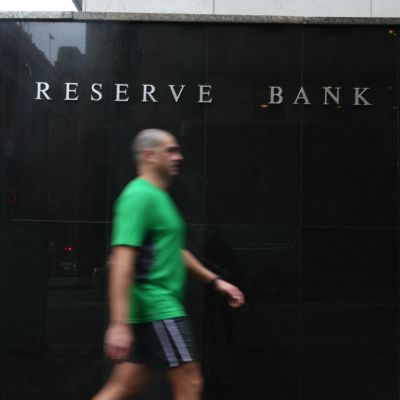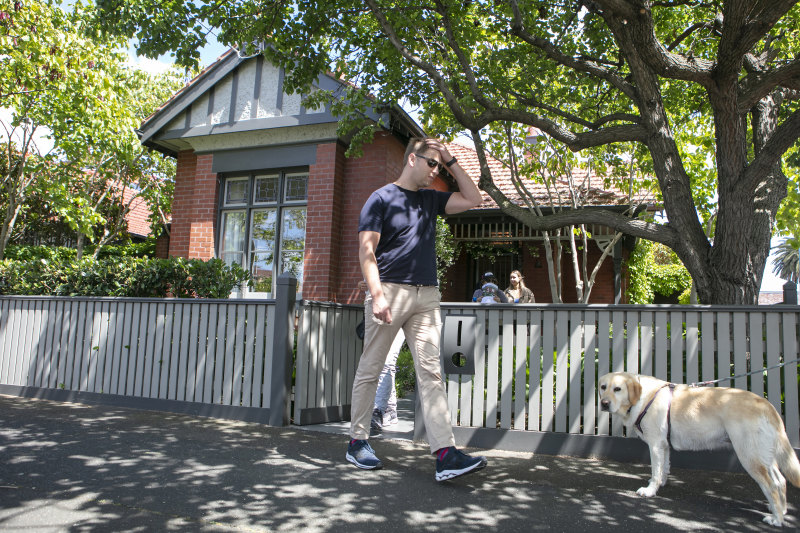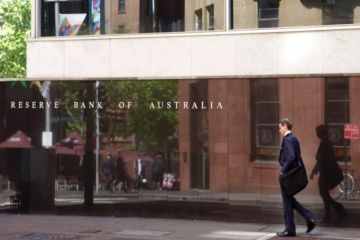More than a third of home loan borrowers do not know their interest rate, survey says

More than a third of home-loan borrowers do not know what their interest rate is, according to a new survey that suggests many home owners are paying too much.
Some 38 per cent of mortgage holders did not know their interest rate, according to a survey by comparison platform Finder of 586 mortgage holders.
Those who did know their rate were paying an average of 3.2 per cent per annum, well above the lowest rates on offer.
Three in five who knew their rate were paying more than 3 per cent interest and one in six were paying 4 per cent or more.
The survey comes as official interest rates have been slashed to rock-bottom levels in a bid to support the economy as it recovers from the pandemic recession, with the Reserve Bank holding the cash rate at just 0.1 per cent and intending to keep it that low for three years in a move tipped to put upward pressure on property prices.
Owners surveyed could save $267 a month by refinancing to 2.17 per cent, the lowest variable rate on the comparison site.
Finder insights manager Graham Cooke was surprised by the results, especially given the news about rock-bottom interest rates and increased competition between big banks for owner-occupiers while investors largely sat on the sidelines during the recession.
“I think it’s just a set-and-forget thing; for most people, this is one of those things like what’s your tariff on your electricity bill,” Mr Cooke said. “Just like electricity, the prices favour newer customers.
“You’ll tend to get the best possible deal through refinancing, rather than from your current lender, and we’ve seen that banks haven’t all the time passed on interest rate cuts to consumers.”
Even ringing your own bank and making it clear you’re thinking of leaving is often enough to get a discount, without going through the process of refinancing with another lender, he said.
He has seen consumers increasingly focused on their finances during recent months amid the economic uncertainty, and says the easiest way to make savings is to deal with debt.
In terms of what to look for when switching, he notes some banks are offering fixed rates at 1.99 per cent, while offset accounts are also effective ways of reducing costs. He also highlighted Finder’s app that can check how much a borrower is paying.

Mortgage broker Chris Foster-Ramsay often sees customers who are uncertain of their interest rates once they have been paying down the loan for a period of time.
“Usually customers are very rate conscious at the time of purchase, so when they’re dealing with the documents and the deal, and they’re comparing loans,” he said.
“But usually that will slip away after that.”
He reviews clients each year and will contact their lender if a customer is paying a rate that is too high to ask for a better deal, saying this is a more successful model than immediately suggesting a switch to a different bank.
But he has also noticed consumers getting in touch around the Reserve Bank’s rate decision day on the first Tuesday of the month when interest rates are in the news.
Shore Financial chief executive Theo Chambers says one reason consumers are unlikely to know their interest rate is that rates have moved so much in recent years.
“All the different banks are passing on different amounts, and some banks don’t have a standard variable and announced different discounts,” he said. “It’s too hard for clients to keep track.”
After the most recent 15 basis point cut in November, for example, some of the major banks cut their fixed rates to 1.99 per cent but kept their variable rates steady.
He also warned some banks had lifted rates for existing customers.
“Certain banks start increasing people’s rate the longer they’re with them because they think they can get away with that,” he said.
He has seen a rush to refinance during the economic uncertainty this year and likes the competitive four-year fixed rates on offer below 2 per cent.
“Banks are taking a lower margin on fixed products because they know they’re going to lock you in for a period of time,” he said.
“The property market’s been booming since October last year. The coronavirus just put it on hold for a brief window in March.”
We recommend
We thought you might like
States
Capital Cities
Capital Cities - Rentals
Popular Areas
Allhomes
More










